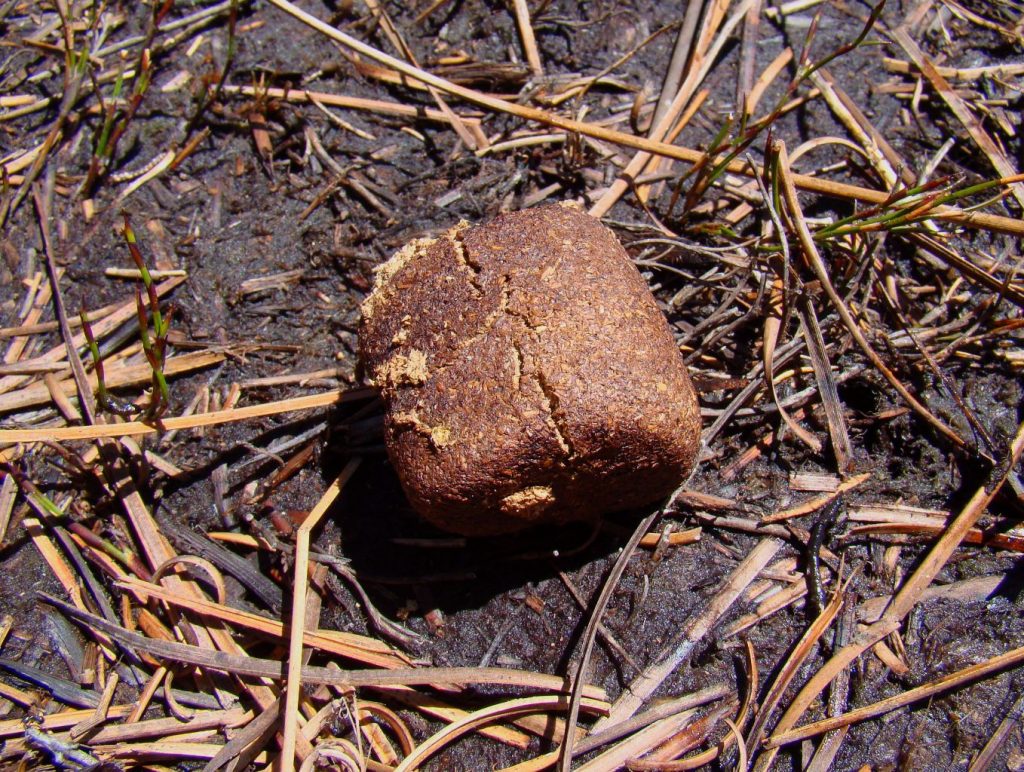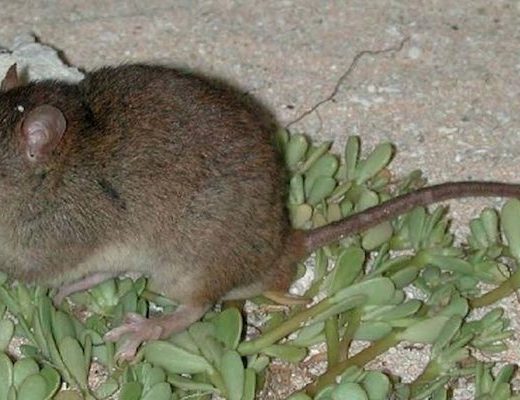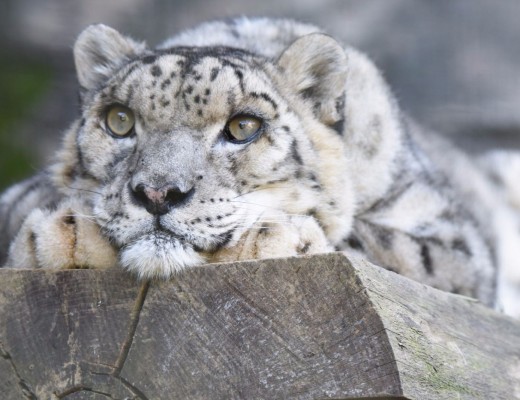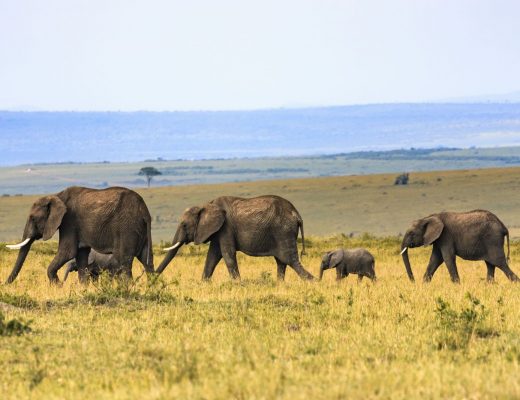Scientific name: Lasiorhinus krefftii
Conservation status: Endangered
For starters, this critter is scientifically known as Lasiorhinus krefftii, they are quick critters, they can move up to 40km/h, and it’s one of three species of wombats:
- The Northern hairy-nosed wombat
- The Southern hairy-nosed wombat
- The bare-nosed wombat
Genetics
When you look at the three wombats, your first impression will be that they all look alike. However, genetically speaking, they have a nine percent difference with one another, which is a massive difference compared to humans and chimpanzees that have less than one percent difference!
What makes each type of wombat different?
- The NHN wombat has a soft, grey fur, but as the name suggests, it has a large number of whiskers on its snout shaped nose, which sets it apart from the common wombat.
- The face is quite different from the Southern and the common wombat. They also have a broader square shaped mouth, with long pointy ears.
- The common and southern wombats weigh less than the Northern wombats. On average, the northern wombats can weigh up to 40 kgs, while the common wombats weigh up to 35 kgs and the southern wombat can weigh up to 26 kgs.
It’s an unfortunate fact, but this critter is one of the rarest land mammals you’ll find. It’s listed as Critically Endangered, with a 2012 census stating that the population size of this critter is less than giant pandas and Sumatran tigers. There are about 200 NHN wombats remaining.
Even though the number of northern wombats is smaller than its neighbouring wombat species, they have to compete for food. There are other factors that have affected their population size, such as wild dogs, diseases, with habitat loss due to droughts, wildfires and floods.
How long do Northern hairy-nosed wombats live?
On average, the Northern hairy-nosed (NHN) wombat can live up to 26 years in the wild.
When can you find the Northern hairy-nosed wombat?
During its life, the NHN wombat does most of its activities during the night (they’re nocturnal critters), but they prefer to often avoid harsh weather by staying underground in a network of tunnels. Due to spending most of their time underground, the NHN wombats have poor eyesight and rely on their sense of smell to find their food.
Are Northern hairy-nosed wombats sociable?
These furry fellas aren’t the most sociable critters with humans, but they can tolerate, and often prefer other wombats’ company. Northern hairy-nosed wombats often share their underground homes with up to 10 members.
The Northern hairy-nosed wombat and its offspring
Surprisingly, male wombats are not sexually mature until they are about three years old, and 2.5 years for females. When a wombat has an offspring, they are known as a joey. A joey is weaned at 12 months of age, but they stay and are protected in their mother’s pouch for eight to nine months.
However, wombats have one offspring at a time, usually every two years, especially when there’s plentiful of wet weather during April and November.
https://www.youtube.com/watch?v=3q6n2U9aazk
The Northern hairy-nosed wombat diet
This chubby critter’s diet is quite extraordinary compared to other animals. Its main food source comes from different types of grass:
- Black speargrass
- Bottlewasher grass
- Golden beard grass
- Three-awned grass
- Various types of roots
- Buffel grass
Although, northern hairy-nosed wombats have teeth that can effectively grind food from an early age and throughout their whole lives. They don’t have to feed for multiple times a day, due to its low metabolic rate. This wombat can spend up to six hours eating during the winter months, and up to two hours during the summer.
Guess what: Wombats Poop Cubes!
Surprisingly, all three wombats are one of few animals in the world that use their faeces for territory and it’s in the shape of a cube. Having the shape of a cube prevents the faeces from rolling away from the marked area.

Where do these wombats live?
You can find the NHN wombat in two locations in the wild of Australia; Epping Forest National Park and Richard Underwood Nature Refuge. These locations are well-protected that increase their chance of survival, with the hope of increasing their population.
In Epping Forest National Park, they have had an increase of attention and funds that help care for these fellas such as fire management, control of predators, predator-proof fence removing invasive plant species, and general care, while researching and monitoring their population.






No Comments